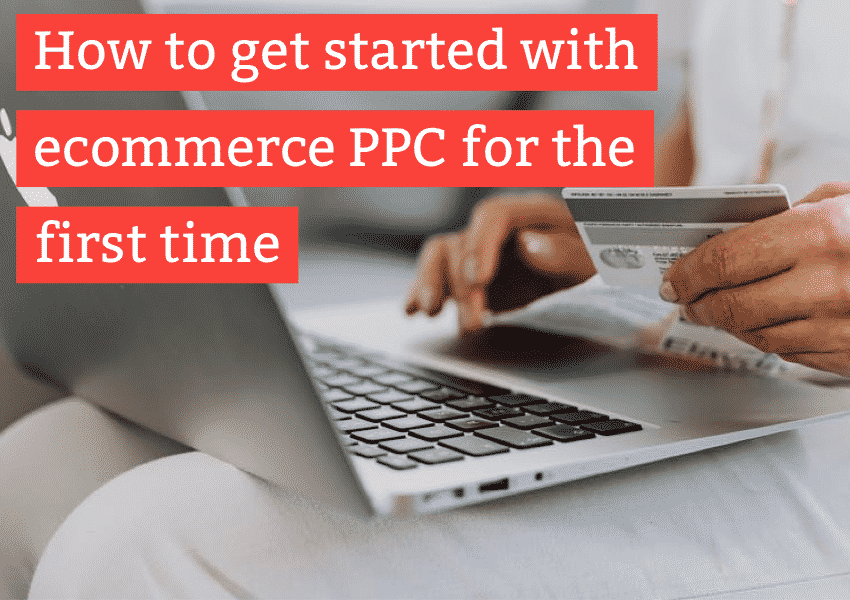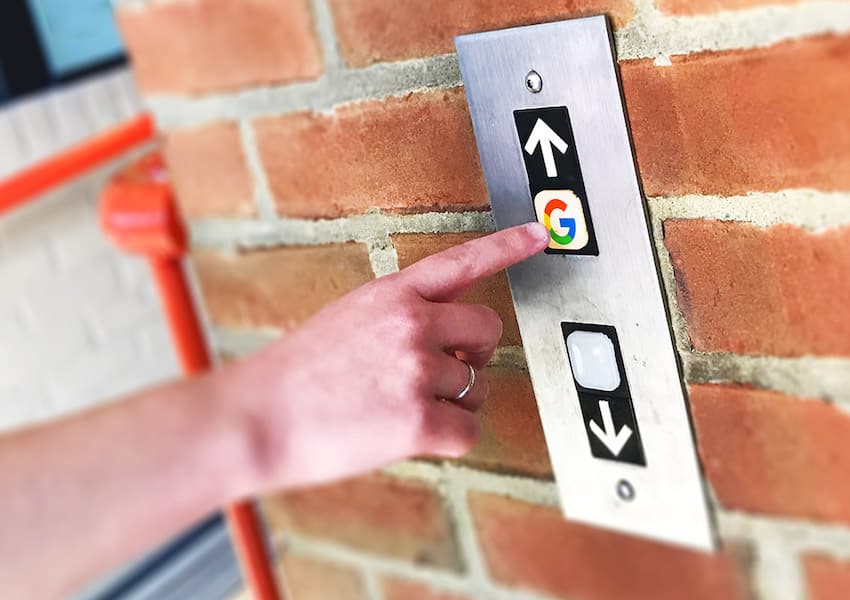Selling products online can open up additional revenue streams for traditional brick and mortar companies. With ecommerce, businesses once confined to local markets can now sell products to people around the country, or even the world. But successfully shifting focus to online sales requires an understanding of digital marketing and how you can become more visible online.
In the past we’ve discussed ecommerce SEO and how companies can optimize their ecommerce website to drive more organic traffic. This blog will focus on ecommerce PPC (pay-per-click) and how to get started with digital advertising.
What are the advantages of using PPC for ecommerce companies?
Companies looking to sell their products online will see the most immediate benefit from PPC. People are more likely to convert through PPC than other channels. Paid search ads consistently see the highest rate of conversions by traffic source, resulting in 150% more conversion than organic search.
The immediacy of PPC also means it drives visitors to your website much faster than other traffic sources like organic search. This is because ads start appearing almost immediately after launch, while other efforts — such as SEO — take longer to build and gain momentum in the search results.
Of course, this doesn’t mean you should avoid ecommerce SEO. Although ecommerce SEO takes longer to build up than PPC, it is still a crucial aspect of improving your online visibility, and drives valuable organic traffic to your website. SEO and PPC also work together to drive more traffic and conversions by exposing searchers to your brand and targeting them at all stages of the marketing funnel.
How to set up ecommerce PPC
There are three main steps to successfully running ecommerce PPC campaigns: picking and setting up your ecommerce platforms, setting up tracking, and determining the success of your campaigns.
1. Pick your ecommerce PPC platforms
There are multiple platforms you can use for ecommerce PPC. Two of the most popular platforms are Google Ads and Google Shopping Ads.
- Search ads are text-only ads that appear next to or above the search results for specific keywords. Search ads are a powerful way to keep your brand in front of your audience, promote your offerings, and encourage immediate action.
- Google Shopping Ads include an image and detailed information about your product to help searchers better understand your offerings and drive more qualified leads.
You also have the option of advertising on the Microsoft Search Network by using Microsoft Advertising. Similar to Google Search ads, Microsoft Advertising uses a cost-per-click model to display ads in the search results based on a user’s keywords. According to Microsoft, Microsoft Advertising “connects you with 45.4 million searchers that Google can’t reach.”
Of course, these platforms require that you have a website to direct searchers to. If you don’t have a website, that’s ok. You can sell your products through platforms like Amazon or eBay which also offer multiple ways to advertise.
- For growing sales, Amazon recommends advertising options like Sponsored Brands, Sponsored Products, and Sponsored Display, although the platform also offers a number of other advertising solutions.
- eBay ad formats include Promoted Listings (which puts your item in front of more buyers) and Top of Search Display, which eBay defines as “keyword-targeted native display ads.” There is also Native Display to “integrate your message across the entire shopper journey,” including the eBay homepage and targeted emails.
In addition to ecommerce giants like Amazon and eBay, there are also other shopping engines such as Connexity (formerly Shopzilla) and shopping.com. We typically do not recommend these platforms because they are highly competitive and fully price driven. Because the product with the lowest price wins, it is best for businesses that have a lot of product and high margins.
Finally, companies who want an alternative to keyword-driven ads may want to consider advertising on Facebook and Instagram. Advertisements on these social media platforms are based on audience characteristics, so advertisers need to know their target demographic in order to create effective campaigns and see success.
How to pick your PPC for ecommerce platforms
Picking your ecommerce PPC platforms requires extensive research on keywords, competitors, and your market, as well as an understanding of your target audience.
For keyword research, you can use a tool like Google’s Keyword Planner to find bid estimates and the competitiveness of a given keyword. Other options like Ahrefs Keyword Explorer provide an estimated cost-per-click of a keyword, as well as organic search volume and keyword difficulty for your SEO efforts.
You can get insight into your competitors’ strategies with other tools like iSpionage and SEMrush to identify your main competitors and the keywords they’re bidding on.
An understanding of your market and target audience will likely require you to pull data from a mix of sources, including your CRM and the Google Analytics Audience report. Interviewing customer-facing employees like your sales team can also provide useful insights into customer demographics and their pain points. All of this data can then be compiled into personas using your own template or a tool like HubSpot’s Make My Persona.
Additional advertising platform resources
These resources provide additional information on advertising platforms:
- Getting Started with Google Shopping Campaigns
- Microsoft Advertising Help Center
- Amazon Advertising Resource Library
- eBay Ads blog
- Facebook Business Help Center
2. Set up ecommerce tracking
Tracking your ecommerce efforts is important because it allows you to make more informed decisions and optimize your campaigns based on what’s working and what’s not.
To do this, you should begin by setting up ecommerce tracking in Google Analytics. You will also want to make sure that you are tracking on the advertising platform(s) you are using, whether that data is imported from Google Analytics or tracked separately on that platform. When done correctly, a proper analytics setup allows you to track by campaign, product type, and more.
3. Determine success of your ecommerce PPC
When determining the success of your campaigns, it’s important to understand that you’re not just looking at your revenue — you also want to know your gross margins, the average order value, and what you can spend on an acquisition. If your average order value through PPC is more than your cost per acquisition (CPA), you’re losing money because the value of your sale is less than what you’re paying in ad spend to make that sale.
This will all be part of your larger strategy, which dictates what you spend per click, what keywords you bid on, and your overall budget for PPC. The average conversion rate for ecommerce PPC is roughly 3% and varies by retail sector. To make sure you’re getting a good return on your investment (ROI) with ecommerce PPC, it’s best to work backward using the generated revenue from one sale to see how much traffic you need, the cost of acquiring that traffic, and if you’re still making a profit using those margins. This is the most basic way to determine success, though it doesn’t factor in the lifetime value of a sale (future purchases).
At the end of the day, CPC, CPA, average order value, and your gross margins will all determine your ROI based on your revenue.
Maximize your PPC for ecommerce sales with expert PPC management
When done correctly, ecommerce PPC is a fast and efficient way to generate sales online.
If you have an ecommerce website and are curious if PPC will work for you, you can schedule a free evaluation with the PPC consultants at Pure Visibility. Answer a few quick questions and we’ll schedule a free evaluation to discuss how pay-per-click advertising can help you reach your marketing goals.




